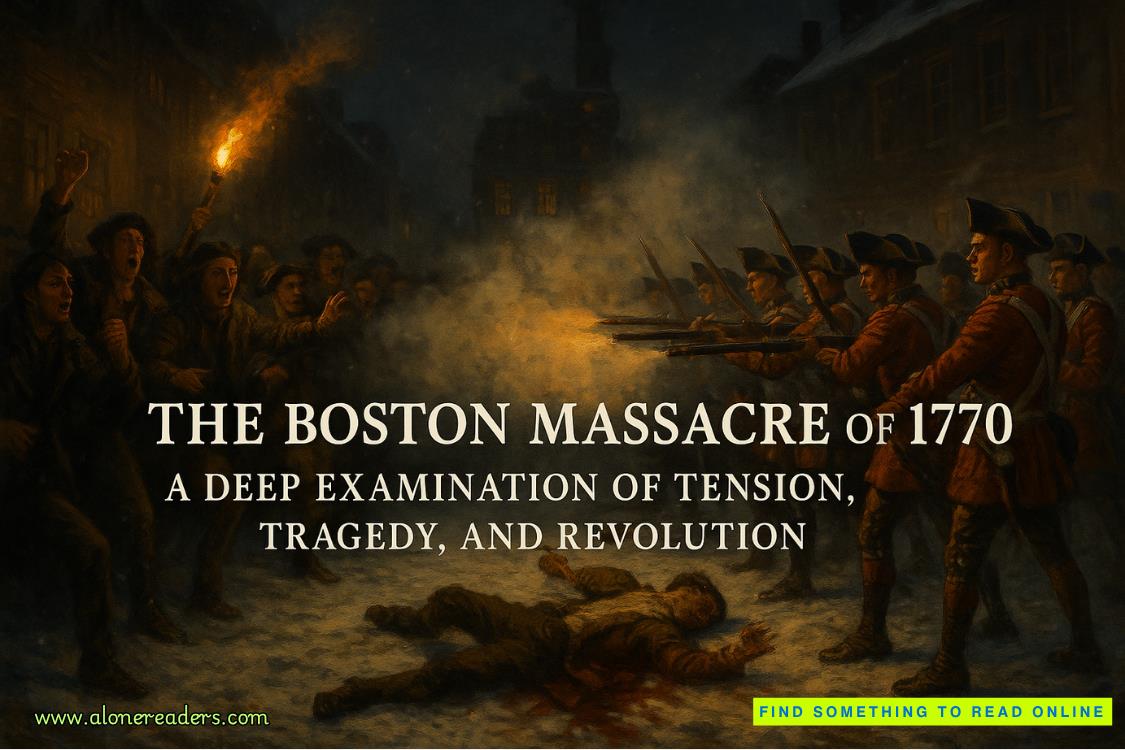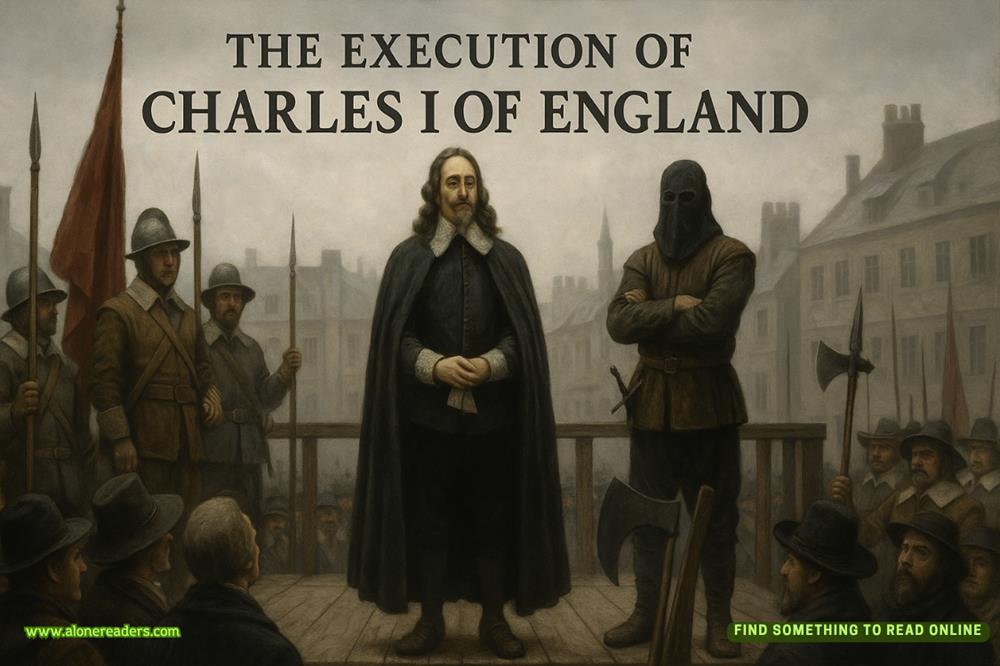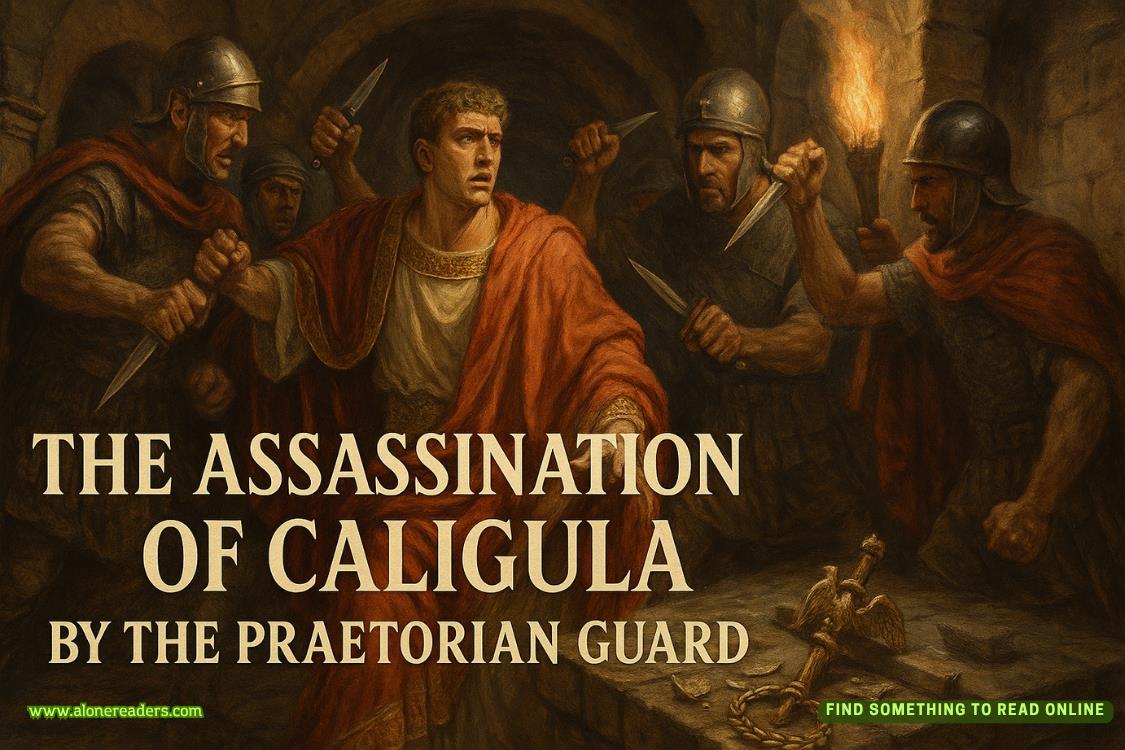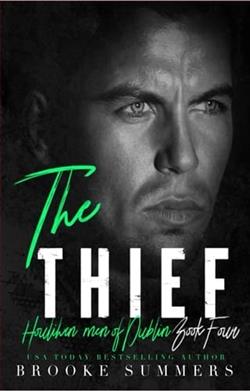Page 56 of Inca Gold (Dirk Pitt 12)
Giordino stared over the shadows of the city. "Sounds like a waste of taxpayers' money."
"A large body of priests supervised the upkeep," Ortiz continued, "acquiring a lucrative interest in keeping the dead kings happy. The mummies were often carried around the country in great splendor, as if they were still heads of state. Needless to say, this absurd love affair with the dead caused a great drain on Inca financial resources, helping immeasurably to topple the empire during the Spanish invasion."
Pitt zipped his leather jacket against the cold and said, "While on board our ship, Dr. Kelsey received a message concerning a stolen suit of gold that was traced to a collector in Chicago."
Ortiz looked thoughtful and nodded. "Yes, the Golden Body Suit of Tiapollo. It covered the mummy of a great general called Naymlap who was the right-hand advisor to an early Inca king. Before leaving Lima, I heard that American Customs agents had tracked it down, only to lose it again."
"Lose it?" For some reason Pitt didn't feel vastly surprised.
"The director of our National Cultural Ministry was about to board a plane to the United States to lay claim to the mummy and the body suit when he was informed that your Customs agents were too late.
Thieves made off with it while they had the owner under surveillance."
"Dr. Kelsey said that images engraved on the suit depicted the voyage of the fleet that carried the treasure to Mexico."
"Only a few of the images were deciphered. Modern scholars never had a chance to study the suit properly before it was stolen from its case in the museum in Seville."
"It's conceivable," suggested Pitt, "that whoever grabbed the suit this time is on the trail of the golden chain."
"A credible conclusion," Ortiz agreed.
"Then the thieves have an inside track," said Giordino.
"Unless someone else discovers the Drake quipu," Pitt said slowly, "and gets there first."
"Ah yes, the infamous jade box," Ortiz sighed skeptically. "A fanciful tale that has refused to die. So you also know about the legendary rope trick giving directions to the golden chain?"
"You sound dubious," said Pitt.
"No hardcore evidence. All reports are too flimsy to take seriously."
"You could write a thick book about the superstitions and legends that were proven to be true."
"I am a scientist and a pragmatist," said Ortiz. "If such a quipu exists, I would have to hold it in my own hands, and even then I wouldn't be fully convinced of its authenticity."
"Would you think me mad if I told you I was going to hunt for it?" asked Pitt.
"No madder than the thousands of men throughout history who have chased over the horizon after a nebulous dream." Ortiz paused, flicked the ash from his cigar, and then stared heavily at Pitt through somber eyes. "Be forewarned. The one who finds it, if it really exists, will be rewarded with success and then doomed to failure."
Pitt stared back. "Why doomed to failure?"
"An amauta, an educated Inca who could understand the text, and a quipu-mayoc, a clerk who recorded on the device, can't help you."
"What are you telling me?"
"Simply put, Mr. Pitt. The last people who could have read and translated the Drake quipu for you have been dead for over four hundred years."
In a remote, barren part of the southwest desert, a few kilometers east of Douglas, Arizona, and only 75 meters (246 feet) from the border between Mexico and the United States, the hacienda La princesa loomed like a Moorish castle at an oasis. It was named by the original owner, Don Antonio Diaz, in honor of his wife, Sophia Magdalena, who died during childbirth and was entombed in an ornate, baroque crypt that stood enclosed within a high-walled garden. Diaz, a peon who became a miner, struck it rich and took an immense amount of silver out of the nearby Huachuca Mountains.
The huge feudal estate rested on lands that were originally granted to Diaz by General, later President of Mexico, Antonio Lopez de Santa Ana, for helping to finance the despot's campaigns to subdue Texas and later launch a war against the United States. This was a disaster that Santa Ana compounded by selling the Mesilla Valley in southern Arizona to the United States, a transaction known as the Gadsden Purchase. The border shift left Diaz's hacienda in a new country a stone's throw from the old.
The hacienda was passed down through the Diaz family until 1978, when the last surviving member, Maria Estala, sold it to a rich financier shortly before she died at ninety-four. The new owner, Joseph Zolar, made no mystery of the fact that he acquired the hacienda as a retreat for entertaining celebrities, high government officials, and wealthy business leaders on a lavish scale. Zolar's hacienda quickly became known as the San Simeon of Arizona. His high-profile guests were flown or bused to the estate and his parties were dutifully reported in all the gossip columns and photographed for the slick magazines around the country.
An antiquarian and fanatical art collector, Zolar had amassed a vast accumulation of art objects and antiques, both good and bad. But every piece was certified by experts and government agents as having been legally sold from the country of origin and imported with the proper papers. He paid his taxes, his business dealings were aboveboard, and he never allowed his guests to bring drugs into his home. No scandal had ever stained Joseph Zolar.
He stood on a roof terrace amid a forest of potted plants and watched as a private jet touched down on the estate runway that stretched across the desert floor. The jet was painted a golden tan with a bright purple stripe running along its fuselage. Yellow letters on the stripe read Zolar International. He watched as a man casually dressed in a flowered sport shirt and khaki shorts left the aircraft and settled in the seat of a waiting golf cart.
The eyes below Zolar's surgically tightened lids glittered like gray crystal. The pinched, constantly flushed face complemented the thin, receding, brushed-back hair that was as dull red as Mexican saltillo tile. He was somewhere in his late fifties, with a face that was fathomless, a face that had rarely been out of an executive office or a boardroom, a face that was tempered by hard decisions and cold from issuing death warrants when he felt they were required. The body was small but hunched over like a vulture about to take wing. Dressed in a black silk jumpsuit, he wore the indifferent look of a Nazi concentration camp officer who considered death about as interesting as rain.















